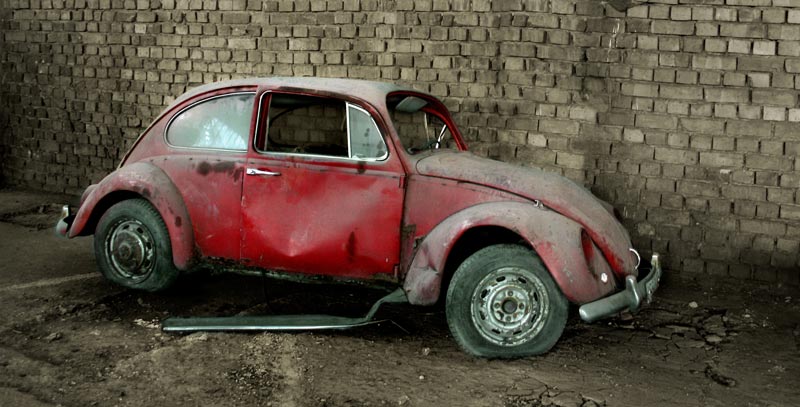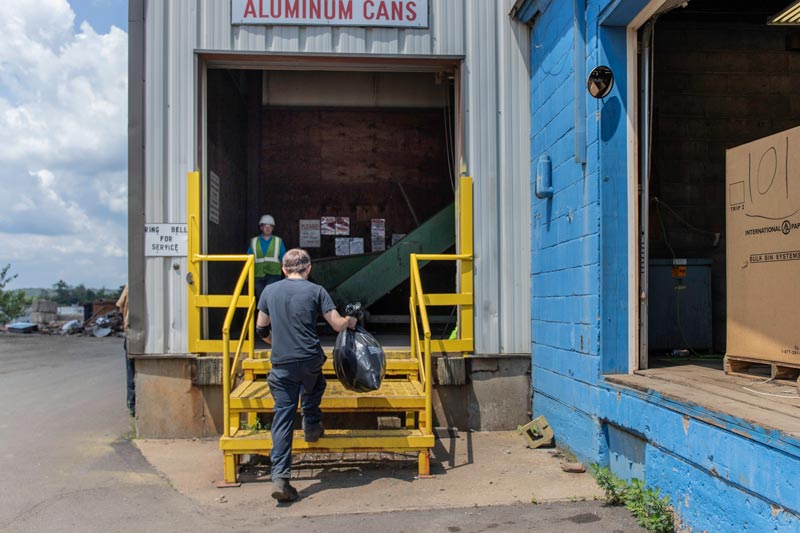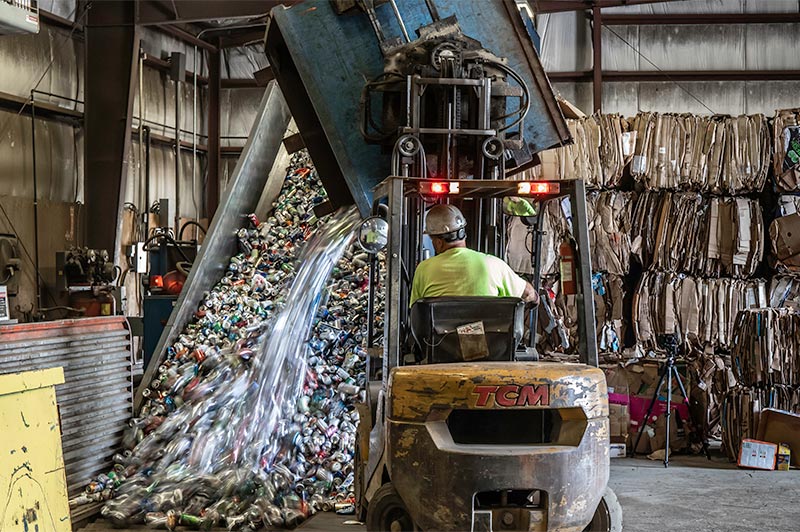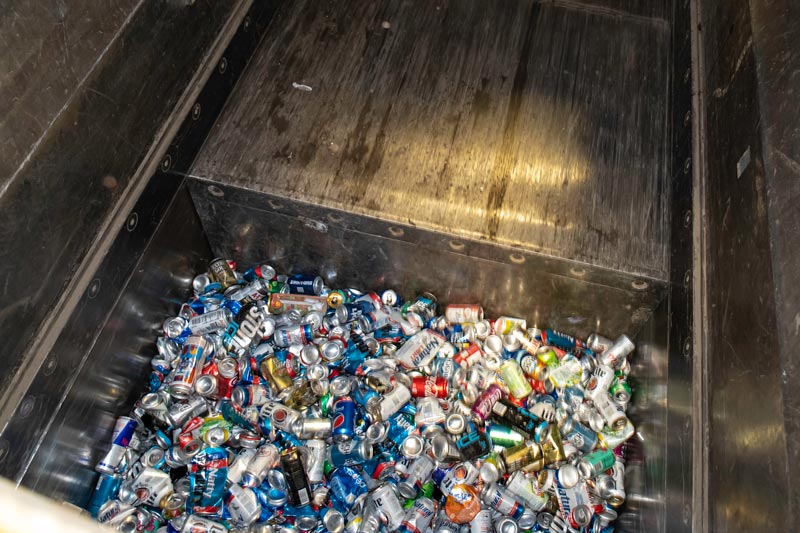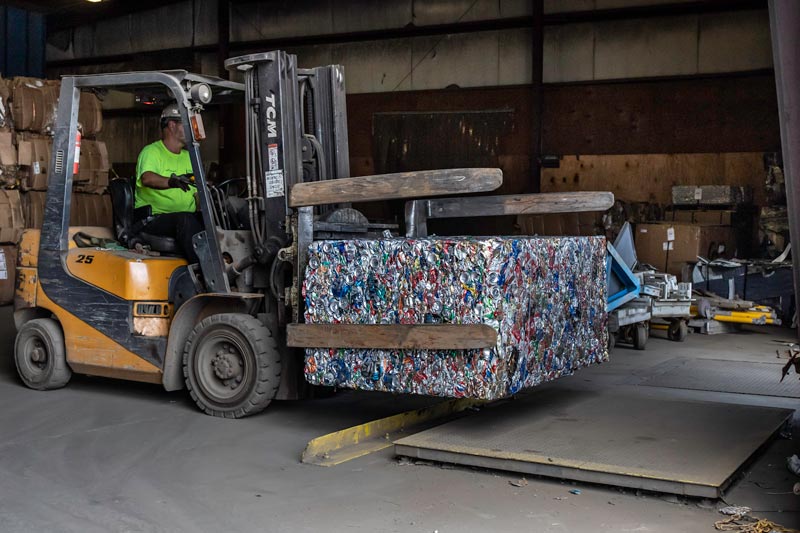How It Works
Visit Us
Hand-carry or load your items into your car, truck, or trailer and bring them to our facility in Hazleton, PA. Click here for directions.
Get Weighed
One of our friendly team members will direct you to one of our three state-certified scales.
Get Paid
After your materials are unloaded, sorted, and weighed, you will be paid IN CASH ON-THE-SPOT.
Please remember to bring your ID.
Pennsylvania state law requires us to record a valid, government-issued photo identification from our customers for all transactions.
It’s fast and easy to turn your old and unwanted scrap into CASH!
New customer? No worries!
Our team members and processes make it a cinch!
Safety Is Everyone’s Responsibility
A scrap recycling yard can be a fast-moving environment involving heavy machinery and equipment. Our goal is to provide you with the safest and most rewarding experience while at our facility. Here’s how you can help:
- Exercise Caution: Follow the signs posted throughout our facility to guide you safely.
- Drive Slowly: Keep a watchful eye out for other people, vehicles, and machinery.
- Ask For Help: Our team members are trained to provide instruction and assistance when necessary.
- Follow Instructions: Adhere to all requests by our team members to maintain a safe working environment for everybody.
- Children’s Safety: All children must remain in their vehicles at all times.
- Proper Attire: Customers must wear closed-toe shoes (e.g., no sandals or flip-flops).
- No Scrap Cleaning: Customers are not allowed to clean scrap on our property.
- Report Unsafe Situations: If you “See Something, Then Say Something.” Your observation can help prevent accidents.
How Can I Identify My Scrap?
Properly sorting your scrap will maximize its value. Fortunately, there are various easy methods to identify and separate different types of recyclable metal:
USE A MAGNET
A magnet can differentiate ferrous metals, like iron and steel, from nonferrous metals, such as aluminum, copper, and brass. If the magnet sticks to the metal, it contains iron.
FILE A SMALL SECTION
A metal file can reveal the base metal of materials that are painted, coated, or plated. By filing a small section on the surface of the scrap, you can observe the base metal’s unique physical characteristics, such as color, hardness, and weight.
SPARK TEST
If you have a metal grinder and a sufficiently large piece of scrap, you can conduct a spark test to aid in metal identification. Different types of metal produce distinct sparks when ground. Generally, the absence of sparks indicates that the metal is nonferrous.
If you’re unsure about the type of scrap metal you have, our team members are trained and happy to assist you. It’s best to bring your item in for identification, as identifying it over the phone or via photo can be challenging!
Recycling Your Vehicle
Before bringing your car to Brenner Recycling, ensure you have:
- the vehicle’s valid title in the seller’s name
- and your government-issued photo identification.
If your vehicle is drivable, please ensure the fuel level is at an absolute minimum. If your vehicle is being towed, the fuel tanks should be completely empty. This is for your safety and ours.
Please note: We cannot accept vehicles without a title. This applies to anything that was once a motor vehicle, regardless of whether or not it currently has a motor. Call us if you have a special circumstance.
